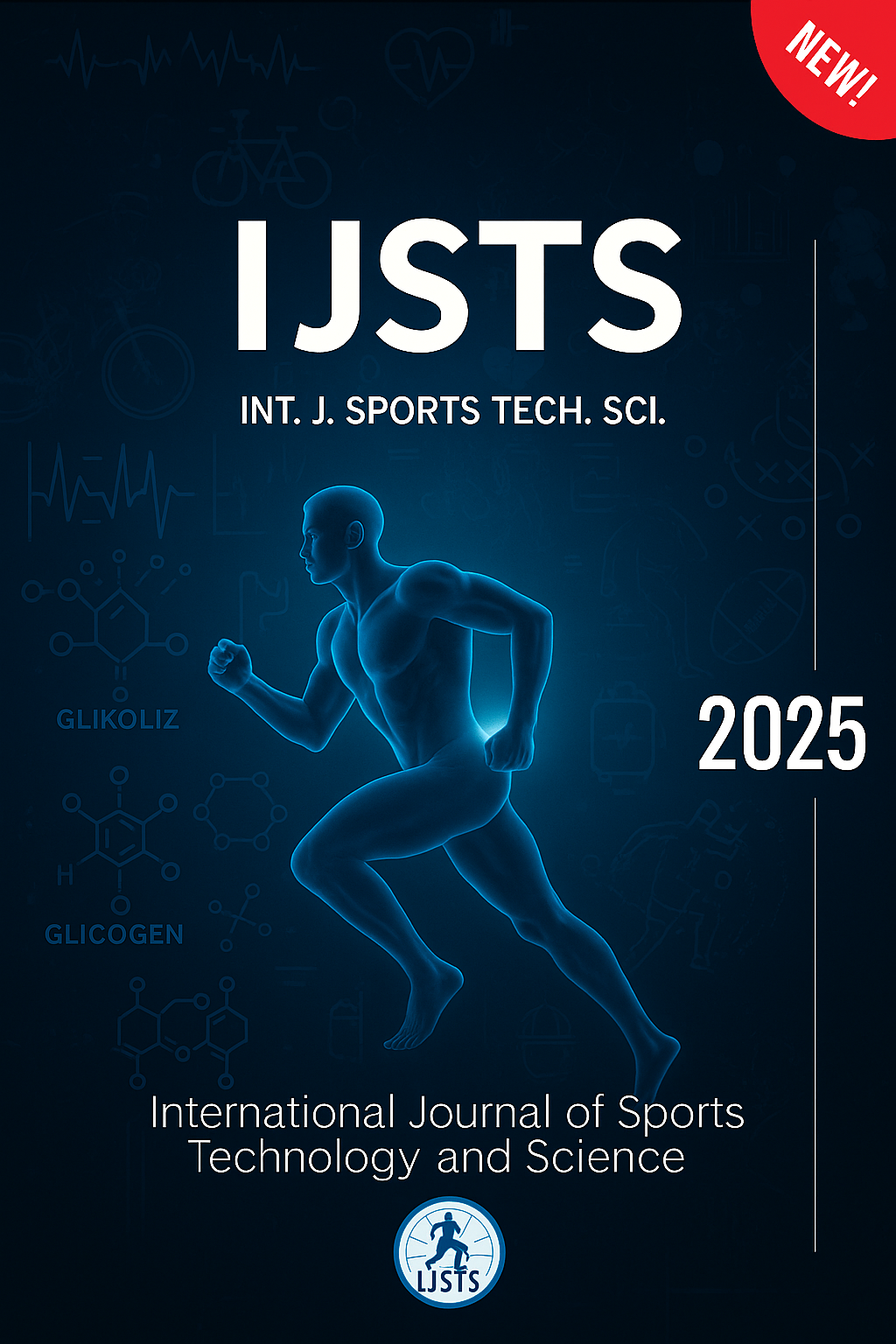Examining Differences in Athletic Performance of Inter Colligate Medallists During Different Seasons
Keywords:
Seasonal variation, athletic performance, competition period, off-season, inter-collegiate athletes, sprints, jumps, throwsAbstract
The purpose of this study was to examine the variations in athletic performance between the competitive season and the off-season among inter-collegiate medal-winning athletes. The research involved a comparative analysis of performance in sprinting, jumping, and throwing events, focusing on both male and female participants. Performance data were collected during both competitive and off-season phases and statistically analyzed using paired sample t-tests. The results revealed a significant decline in athletic performance during the off-season across all event categories, with sprint and throwing events showing greater variation than jumping events. Additionally, male and female athletes exhibited differing degrees of seasonal performance changes. These findings suggest that periodized training, continuous skill maintenance, and season-specific strategies are essential to minimizing performance loss and sustaining peak performance levels. The study supports the implementation of structured off-season programs tailored to event type and athlete profile.
References
Bishop, D., Bonetti, D., & Dawson, B. (2008). The influence of pacing strategy on VO2 and supramaximal kayak performance. Medicine & Science in Sports & Exercise, 34(6), 1041–1047. https://doi.org/10.1249/01.MSS.0000128176.13231.31
Cheung, S. S. (2010). Advanced Environmental Exercise Physiology. Human Kinetics.
Cheung, S. S. (2010). Advanced Environmental Exercise Physiology. Human Kinetics.
Kellmann, M. (2002). Enhancing recovery: Preventing underperformance in athletes. Human Kinetics.
Mujika, I., & Padilla, S. (2000). Detraining: Loss of training-induced physiological and performance adaptations. Sports Medicine, 30(2), 79–87.
Mujika, I., & Padilla, S. (2000). Detraining: Loss of training-induced physiological and performance adaptations. Part I: Short term insufficient training stimulus. Sports Medicine, 30(2), 79–87.
Mujika, I., & Padilla, S. (2000). Detraining: Loss of training-induced physiological and performance adaptations. Sports Medicine, 30(2), 79–87. https://doi.org/10.2165/00007256-200030020-00002
Nybo, L., Rasmussen, P., & Sawka, M. N. (2014). Performance in the heat—physiological factors of importance for hyperthermia-induced fatigue. Comprehensive Physiology, 4(2), 657–689.
Nybo, L., Rasmussen, P., & Sawka, M. N. (2014). Performance in the heat—Physiological factors of importance for hyperthermia-induced fatigue. Comprehensive Physiology, 4(2), 657–689. https://doi.org/10.1002/cphy.c130012
Peiffer, J. J., Abbiss, C. R., Watson, G., Nosaka, K., & Laursen, P. B. (2009). Effect of cold-water immersion on repeated 1-km cycling performance in the heat. British Journal of Sports Medicine, 44(4), 258–263.
Reilly, T., & Waterhouse, J. (2009). Sports performance: Circadian rhythms and exercise. Chronobiology International, 26(3), 560–575.
Reilly, T., & Waterhouse, J. (2009). Sports performance: Circadian rhythms and exercise. Chronobiology International, 26(3), 560–575.
Reilly, T., & Waterhouse, J. (2009). Sports performance: Circadian rhythms and exercise. Chronobiology International, 26(3), 560–575. https://doi.org/10.1080/07420520902821102
Roecklein, K. A., & Rohan, K. J. (2005). Seasonal affective disorder: An overview and update. Psychiatry (Edgmont), 2(1), 20–26.
Smith, R. E., & Hale, B. D. (2007). Gender differences in athletic performance and physiological response to seasonal variation. Journal of Sports Science and Medicine, 6(1), 63–70.
Downloads
Published
How to Cite
Issue
Section
License
Copyright (c) 2025 International Journal of Sports Technology and Science

This work is licensed under a Creative Commons Attribution 4.0 International License.



 Faculty of Sport Sciences,
Faculty of Sport Sciences, 
 Telephone: +90 554 333 32 57
Telephone: +90 554 333 32 57 Email:
Email: 